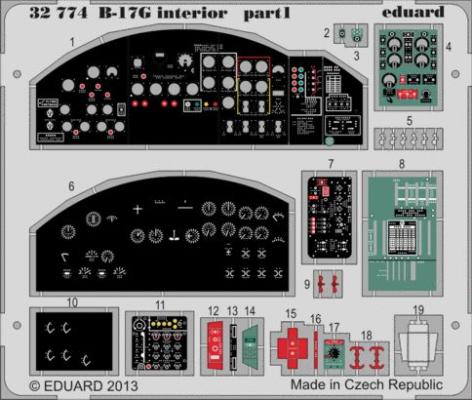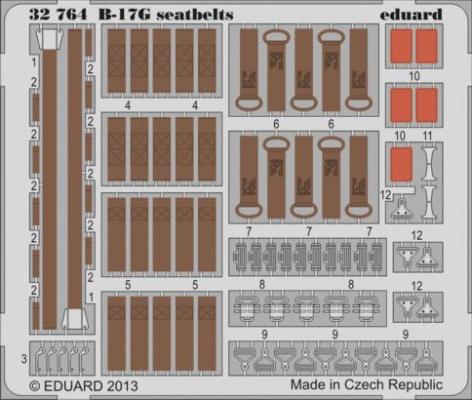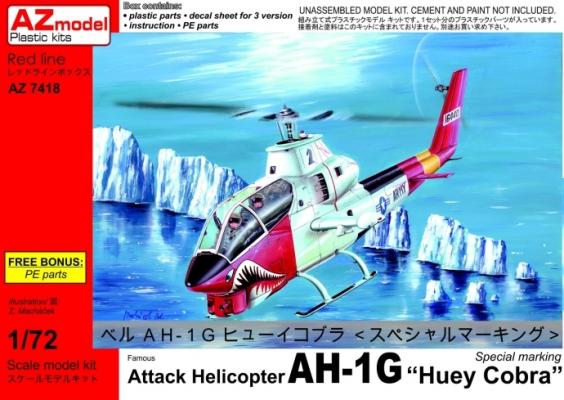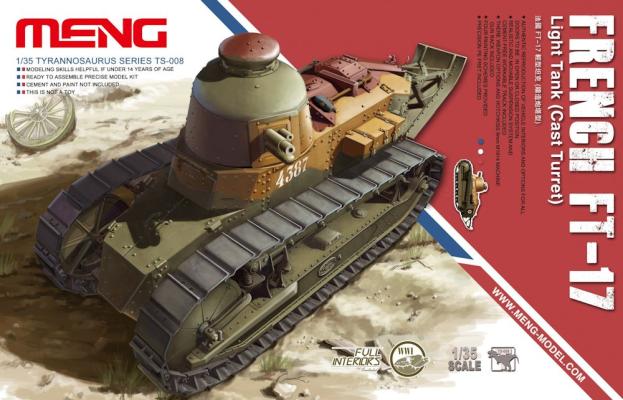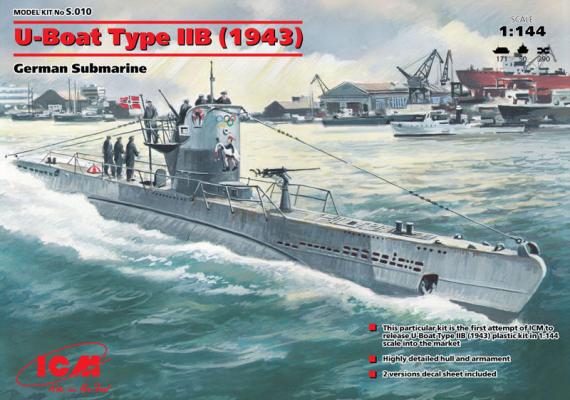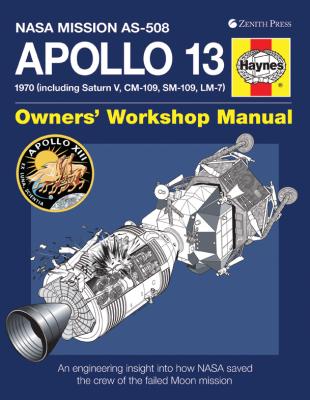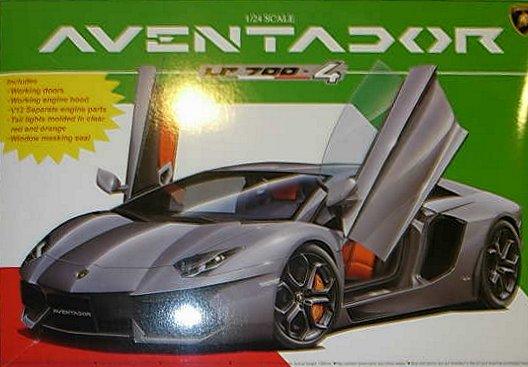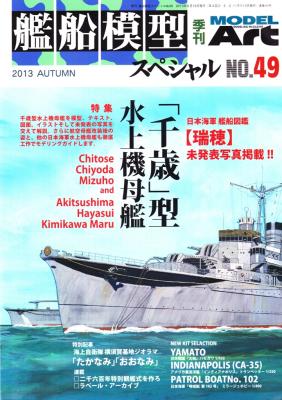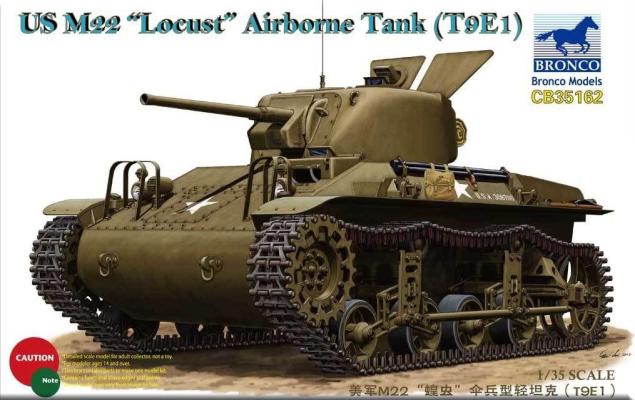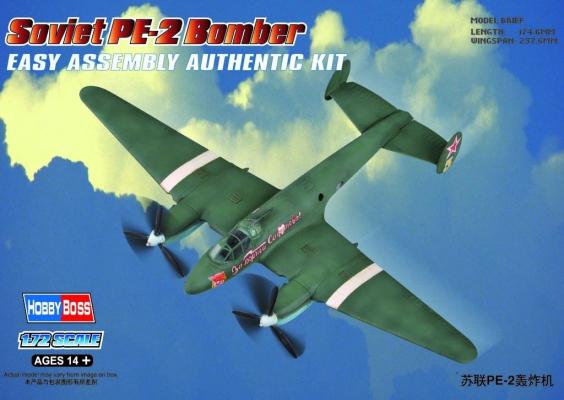We at IPMS USA are truly blessed to have the passionate detail experts at Eduard providing us their latest releases. We appreciate your support, and thanks also to the IPMS reviewer corps leadership, (Steve, Dick, and Dave) for having confidence in my abilities to deliver the goods on this most daunting task!
Over the next few weeks, I will be reviewing some of the primary Eduard sets for HK (Hong Kong) Models’ 1/32 B-17G. I refer to this effort as a “metal storm” because there are at least a thousand little bits and pieces in these sets that I will attempt to do justice to without making a “dog’s breakfast” of the parts. I think I’m up to it, so let’s move on.

